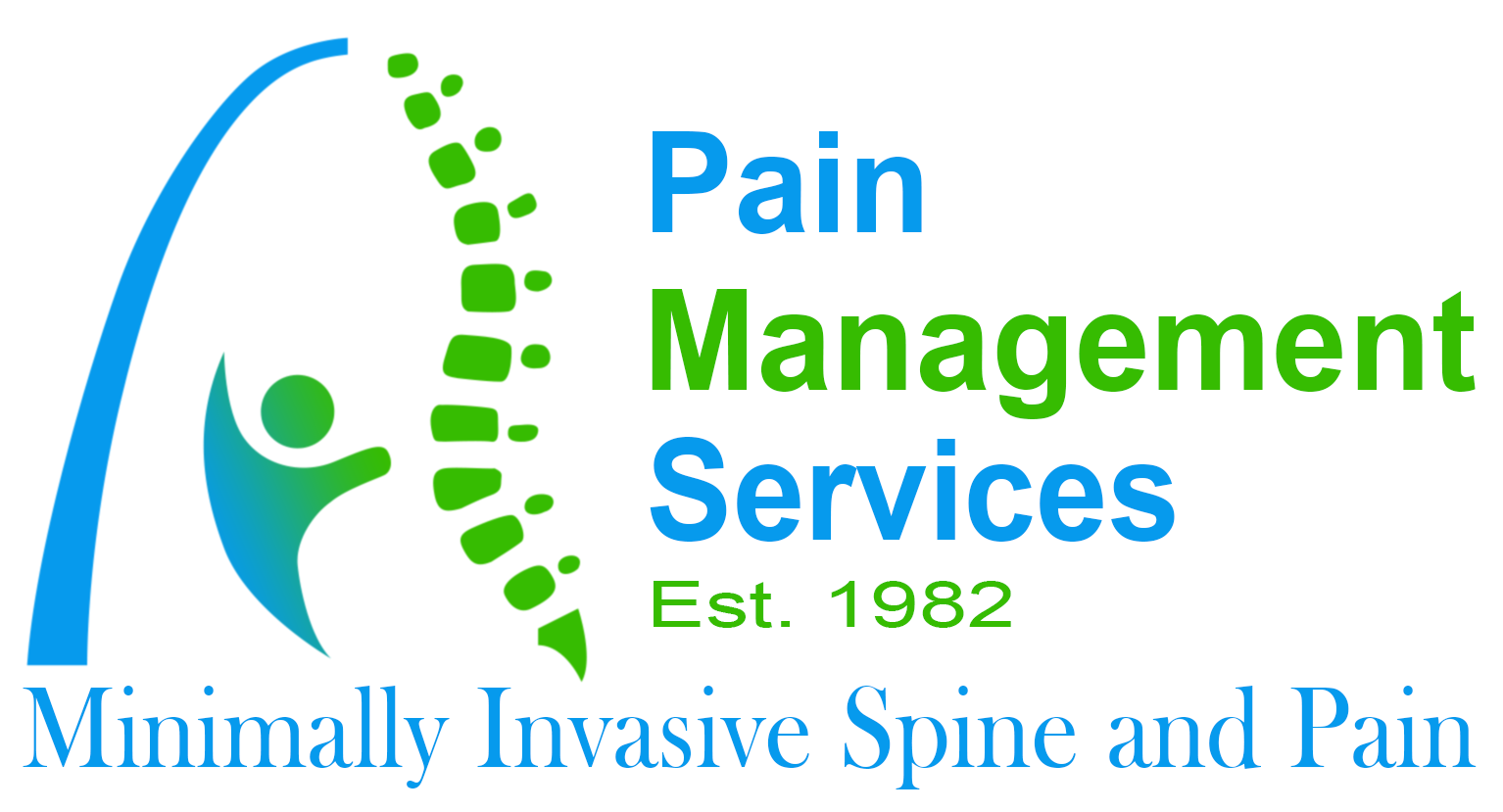Pain disorders have an enormous impact on the lives of those suffering from them. They stand as the leading cause that people seek care and are the primary cause of opioid addiction and disability. It also is the biggest cause of healthcare utilization and costs the industry more each year than diabetes, heart disease, and cancer. A broad spectrum of people experiences chronic pain conditions. These individuals represent every walk of life, every age, and the entire spectrum of gender. They are among those who have sought help for the pain they’re experiencing, only to be told there’s little that your physician can do.
What Is A Pain Disorder?
Pain disorders are physical conditions with pain as their leading symptom. Secondary symptoms are common, including tenderness, swelling, tightness, and a range of others dependent on the location. The most prominent pain disorder is myofascial pain. This condition causes significant pain and tender trigger points within skeletal muscles. After myofascial pain, the next leading pain disorders are arthralgia, disk disorders, and arthritis. Neuralgic and neuropathic pain symptoms are common with these conditions and are imminently treatable. A few things to know about these types of conditions:
- Pain disorders can be challenging to identify. There’s no agreed-upon definition by which to identify a pain disorder. Numerous people have reported living with chronic pain for a significant portion of their lives. However, it only qualifies as a chronic pain disorder if it serves to disrupt their lives in a significant way. Also, it has to have persisted for a period of greater than six months.
- Pain disorders may be localized, only affecting a single body area. They may also appear in multiple locations throughout the body. The pain the patient struggles with can be positively disabling in some cases. The symptoms can persist for a few days, appear infrequently, or may persist for years.
- The underlying cause of pain disorders is many. Sometimes they’re caused by trauma or injuries; other times, they can result from risk factors in some area of the patient’s life. The risk factors associated with pain disorders are diverse and numerous. The interrelation of these risk factors makes assessing and understanding pain disorders difficult.
When a physician seeks to assess a patient’s pain disorder, they start with a consultation. During this consultation, the physician will learn about the patient’s living environment, lifestyle, and medical history. A range of psychometric tests is used to determine underlying factors ranging from mental health to environmental.
Seeking Help For Living With Your Pain Disorder
One of the most overwhelming parts of living with a pain disorder is not clearly understanding the source of your pain. This makes diagnosing a pain disorder an important part of the process. The validation of knowing that the pain you’re experiencing is recognized and acknowledged is critical. Contact your pain specialist today if you want help understanding your chronic pain condition. They’ll get you on the road to meaningful relief.










